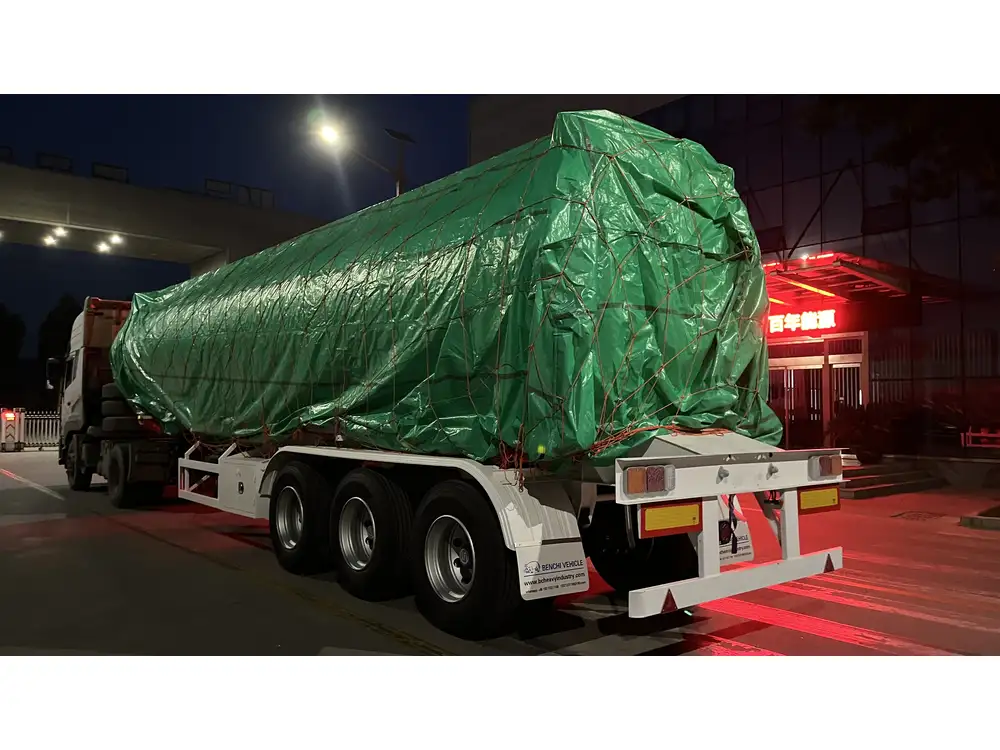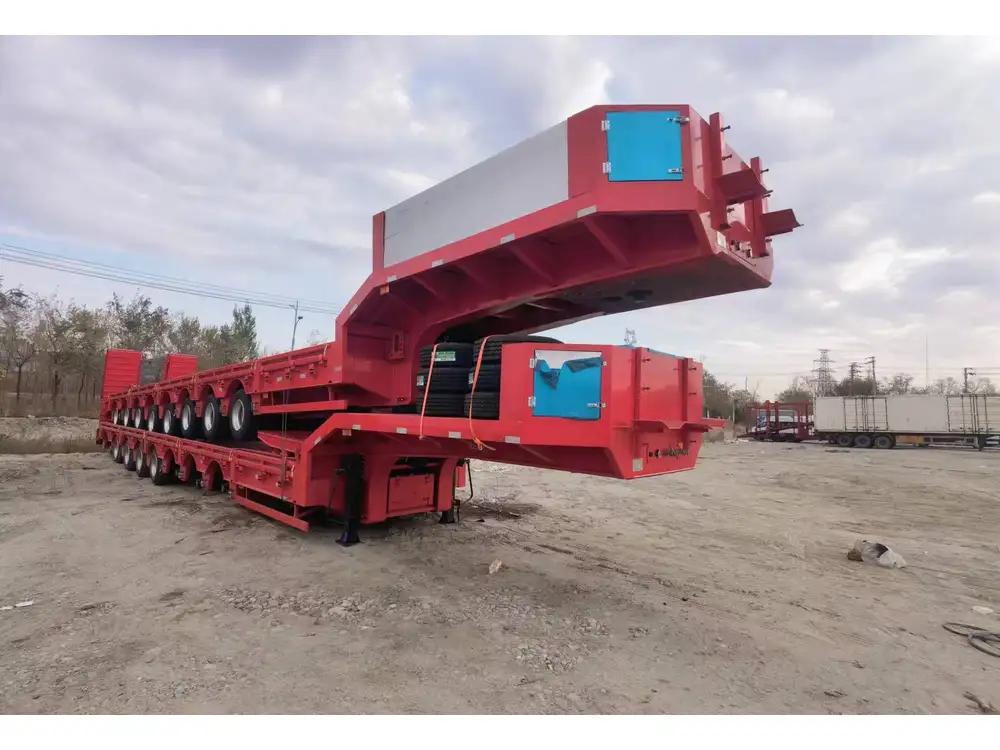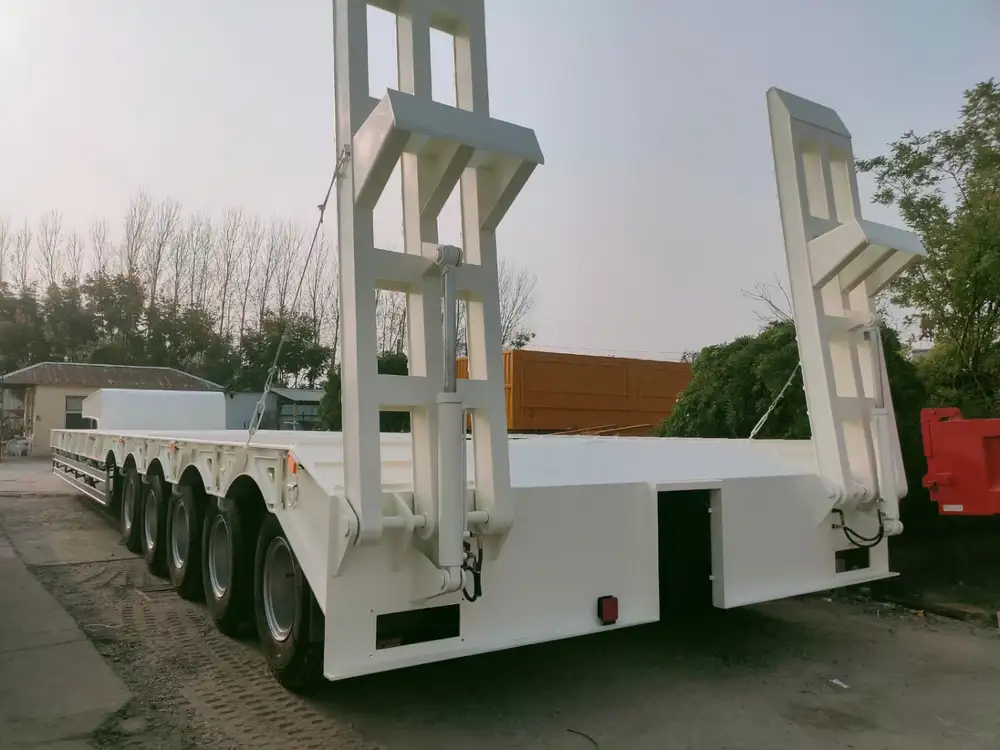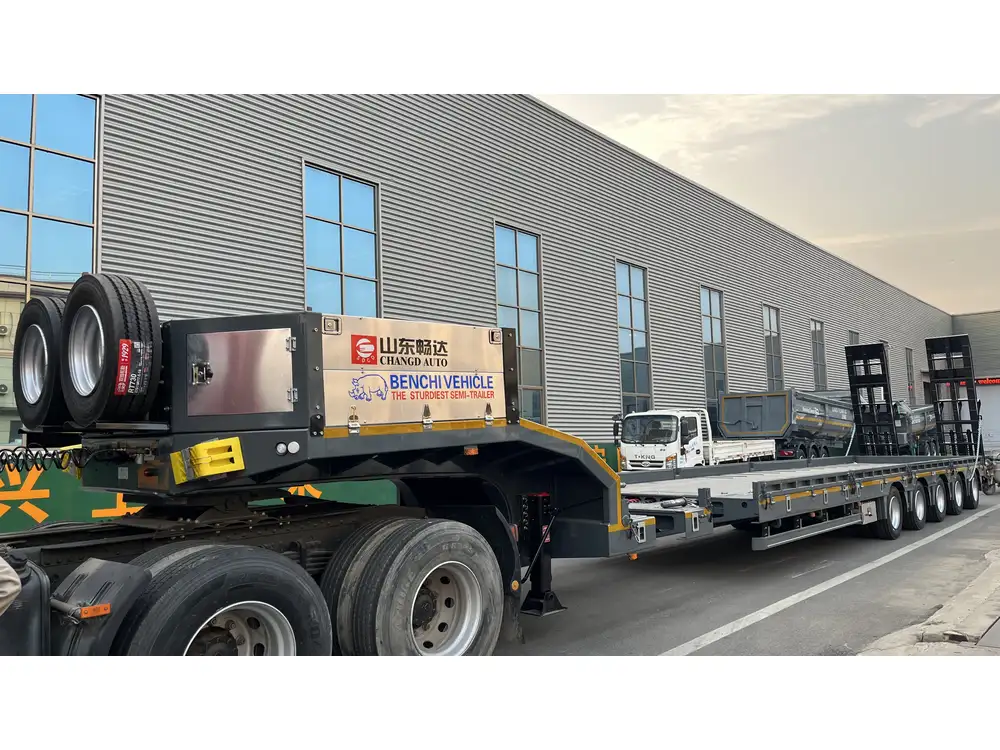In the realm of transportation, understanding the dimensions of trailers is pivotal. Accurate knowledge about trailer width not only promotes safety but also ensures compliance with regulations while maximizing payload efficiency. This article delves into the standard widths of trailers, their categorization, and vital considerations for transport operators and fleet managers.
Understanding Standard Trailer Widths
The width of a standard trailer typically falls under regulatory guidelines that can vary by state or country. However, a fundamental understanding starts with the industry norms.
Typical Widths of Common Trailer Types
| Trailer Type | Standard Width (Feet) | Standard Width (Meters) |
|---|---|---|
| Flatbed Trailer | 8 feet | 2.44 meters |
| Enclosed Trailer | 8.5 feet | 2.59 meters |
| Gooseneck Trailer | 8.5 feet | 2.59 meters |
| Tank Trailer | 8 feet | 2.44 meters |
| Car Hauler Trailer | 8.5 feet | 2.59 meters |
| Utility Trailer | 6-8 feet | 1.83-2.44 meters |

Factors Influencing Trailer Width
Several determinants affect trailer dimensions:
Regulatory Compliance: Within the United States, the Federal Highway Administration (FHWA) stipulates maximum width limits for trailers at 102 inches (8.5 feet or 2.59 meters). Most states enforce similar regulations while allowing for specific exemptions under certain conditions.
Type of Cargo: The nature of the cargo being transported often dictates the width requirements. For example, oversized loads may necessitate wider trailers, subject to special permits.
Transport Method: Different trailer configurations, including flatbeds and enclosed options, are optimized for various types of loads, each necessitating distinct width measurements.
Safety Considerations: Wider trailers can enhance stability for certain loads but can also increase the risk of tipping or swaying, necessitating careful assessment in load securing and weight distribution.
Classification of Trailers by Width
Narrow Trailers: Typically under 6 feet (1.83 meters) in width, these are common for utility trailers used for lighter loads such as gardening equipment or small vehicles. They are more maneuverable but have limitations on payload capacity.
Standard Trailers: Standard width for most commercial trailers extends to 8 feet (2.44 meters) and encompasses flatbeds and utility models designed for general freight transport.
Oversized Trailers: Defined as any width exceeding 8.5 feet (2.59 meters), these trailers often require special permits. These are crucial for transporting machinery, large building materials, or oversized vehicles.
Legal Regulations Surrounding Trailer Width
Navigating the maze of legal regulations regarding trailer dimensions can be challenging. In the U.S., regulations may differ from state to state, and operators must remain vigilant regarding local laws.

Federal vs. State Regulations
Federal Law: Under Title 23 of the U.S. Code, the FHWA regulates maximum widths for vehicles operating on federal highways at 102 inches (8.5 feet). Specific allowances exist for state or local routes.
State Regulations: Various states may enforce stricter width limits or impose additional rules for obtaining permits for oversized vehicles. Local laws often govern the conditions under which trailers may operate, including route restrictions.
Importance of Compliance
Non-compliance can lead to hefty fines, increased liability, and even accidents or damage to cargo. Fleet managers should ensure that their trailers always meet both federal and state width regulations to maintain operational legality and safety.
Best Practices for Measuring Trailer Width
Accurate measurement of a trailer’s width is essential. Here are key considerations when gauging the width:
Use of Standard Measuring Tools: Employ a reliable measuring tape or a laser measurement tool to ascertain the width.
Include Side Accessories: When measuring, account for side accessories such as fenders or side rails that could affect total width.
Check Manufacturer Specifications: Always refer to the manufacturer’s data plate or documentation, which provides precise dimensions along with any additional features that could influence the trailer’s overall width.
Regular Inspections: Ensure periodic checks for wear and tear that might alter the structural integrity and subsequently the width of a trailer.

Trailer Width and Load Security
The width of your trailer plays a significant role in how safely cargo can be transported. Proper load security reduces the risk of cargo shifting or falling during transport. Consider the following:
Strategies for Effective Load Securing
Use of Tie-Downs: Employ adequate tie-down straps, chains, or tarps that conform to safety standards, effectively distributing the load across the trailer’s width.
Even Weight Distribution: Distribute heavier items across the width of the trailer to ensure stability and prevent sway during transport.
Wrap and Protect: Utilize padding or protection for cargo that may not fit snugly within the trailer, preventing damage and movement.
Monitor Load Weight: Stay within the weight limits defined for each trailer type to avoid issues related to width stability, especially in adverse weather conditions or inclines.
Comparisons: Wide vs. Standard Trailers
In transport logistics, the decision between standard and wide trailers can significantly impact operational efficiency.

Standard Trailers
Pros:
- Widespread availability
- Lower operating costs
- Typically easier to maneuver
Cons:
- Limited in accommodating oversized loads
- Less cargo volume potential
Wide Trailers
Pros:
- Enhanced capacity for oversized loads
- Increased cargo flexibility
- Better suited for specific industries, like construction
Cons:
- Higher overhead costs due to permits and regulations
- Requires specialized driving skills
- Limited access to certain roads or urban areas due to width
Conclusion: Choosing the Right Trailer Width for Your Needs
Understanding trailer widths enables transport professionals to make informed decisions that align with operational needs, regulatory requirements, and cargo specifications. Prioritizing compliance while optimizing load capacity will ensure efficient and safe transport practices.
Whether you’re a fleet manager, a logistics coordinator, or an independent operator, familiarity with standard trailer widths and their legal implications enhances efficiency. As the transport industry evolves, maintaining awareness of best practices for trailer use and regulations will keep your operations smooth and compliant.

Frequently Asked Questions About Standard Trailer Width
What is the maximum allowable width for a trailer in the United States?
The maximum allowable width for a trailer on federal highways in the United States is 8.5 feet (102 inches or 2.59 meters).
Are there exceptions to the width regulations?
Yes, some states allow exceptions for specialized loads, often requiring special permits for oversized trailers.

How can I ensure my trailer complies with width regulations?
Regular inspections, understanding local laws, and consulting manufacturer specifications are essential practices to maintain compliance.
What are the consequences of exceeding trailer width limits?
Exceeding width limits can lead to fines, operational halts, increased liability exposure, and potential accidents or cargo damage.
By comprehending the significance of trailer width—alongside factors influencing it—transport professionals can effectively manage their fleets, broaden their:
- Compliance and safety
- Operational efficiency
- Load security measures
Investing in knowledge about trailer widths ultimately leads to better decision-making and transport success.



